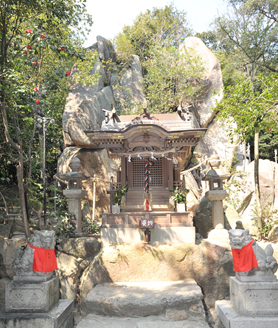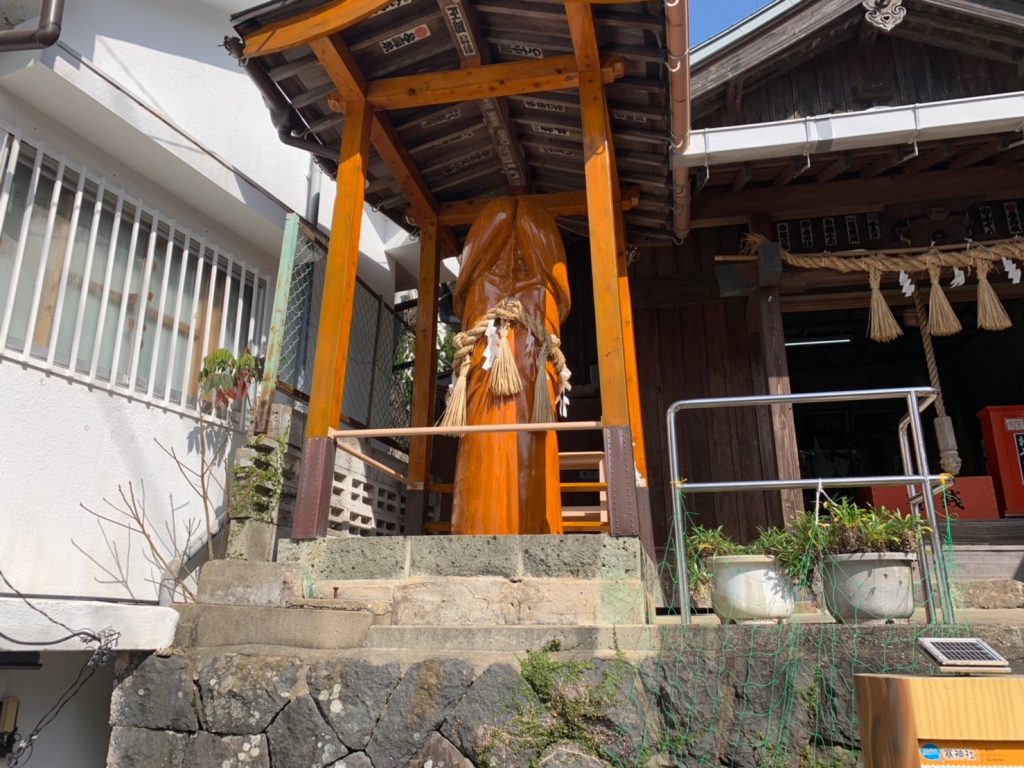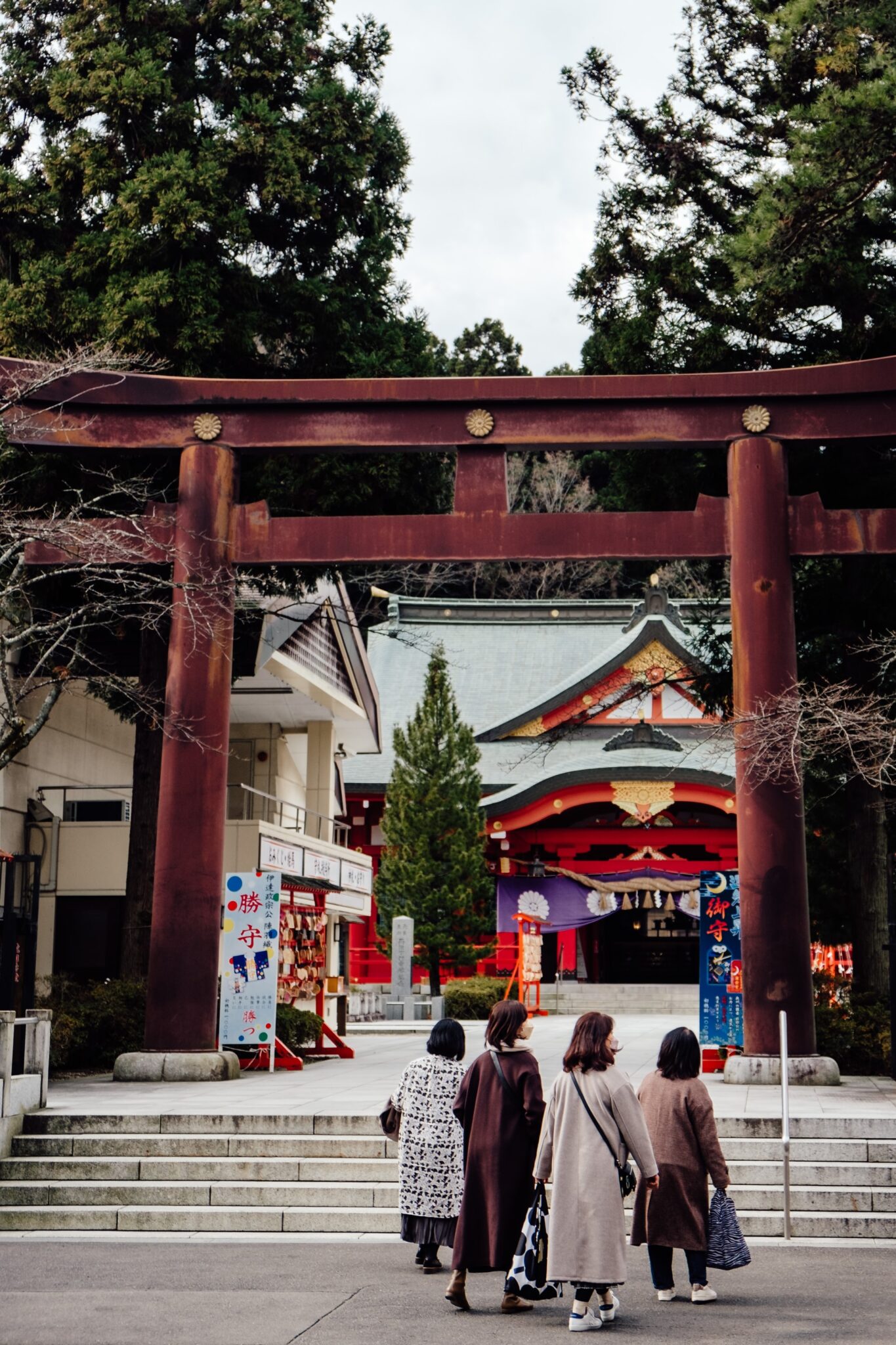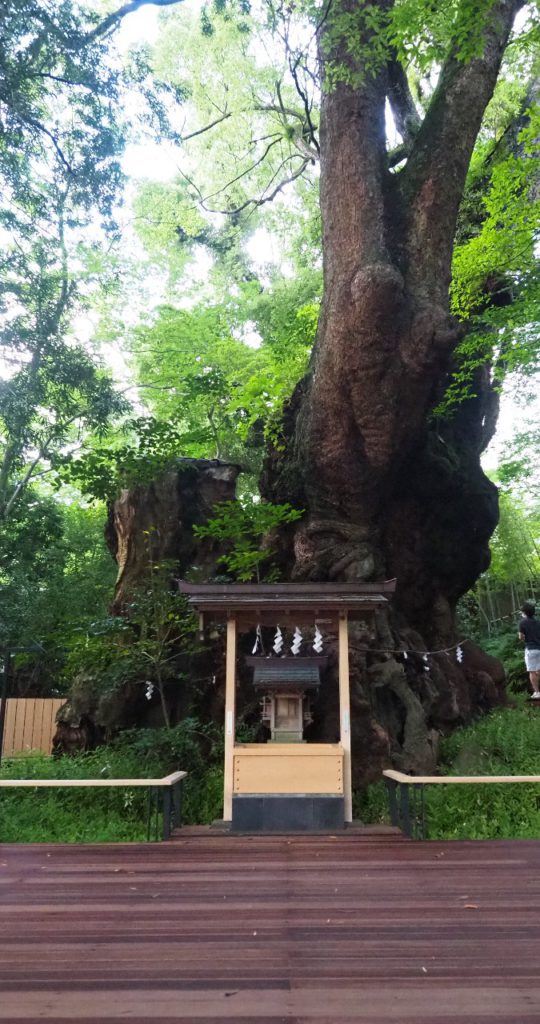“Jinja is a shrine of Shinto”… But this explanation alone is boring, so I will describe the origin of Jinja.
A Shinto shrine (神社, jinja, archaic: shinsha, meaning: “place of the god(s)”) is a structure whose main purpose is to house (“enshrine”) one or more kami. Its most important building is used for the safekeeping of sacred objects and not for worship. Although only one word (“shrine”) is used in English, in Japanese, Shinto shrines may carry any one of many different, non-equivalent names like gongen, -gū, jinja, jingū, mori, myōjin, -sha, taisha, ubusuna or yashiro.
Wikipedia
The beginning was nothing.
Shinto, which began as a nature-based faith like an animizm, is based on the basic concept that Kami exists in nature and in various things around us, including food, clothing, and shelter. Based on this concept, since kami dwells in various objects, there were no special facilities for worshipping kami, but people worshipped such objects themselves.
For example, trees, mountains, rocks, forests, water falls and other natural objects were themselves worshipped and revered by people because they were dwelled kami. These were the beginnings of the shrine.

Kami have no form
The original form of the shrine was to enshrine natural objects in which Kami dwelled, but eventually facilities were builted in their place, giving Jinja its present form.
The important point here is that neither the old nor the present Jinja enshrine the very form of Kami itself, but rather the object in which Kami dwells.
This dwelled object is called “神体, shin-tai (sacred object)“. “神” means Kami, and “体” mians body or object. The literal translation is “object(body) of Kami,” and the dictionary says “sacred object”, but I think that does not express the true meaning. I believe the more correct meaning is “object in which Kami dwells”. There are many kinds of 神体,Shin-tai, e.g., natural objects, mirros, swords, male genital, etc. And even today, Jinja are always enshried with 神体.








Comment List